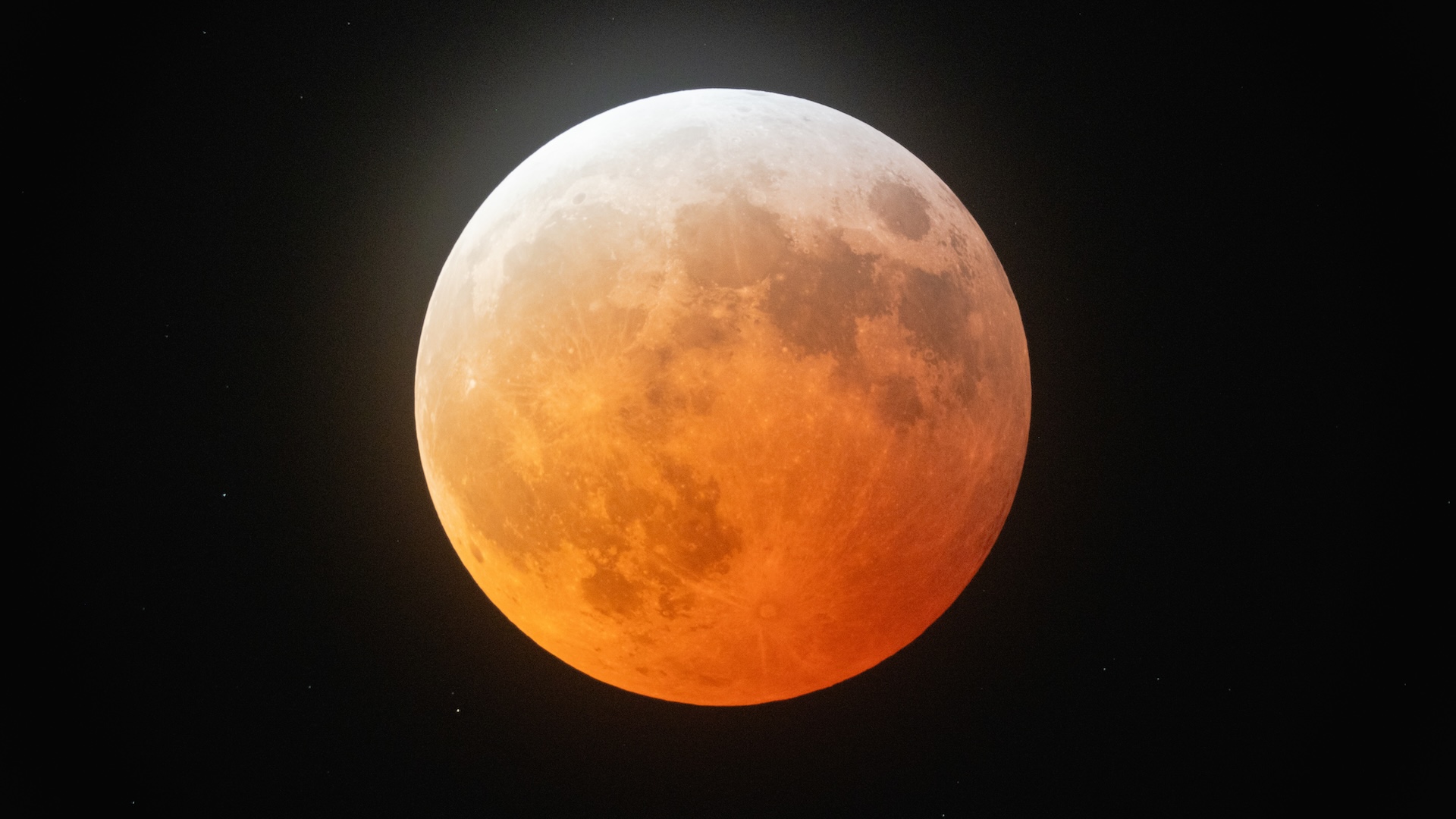Life Thrives at Active Underwater Volcano
An active underwater volcano near Guam has become a hotspot for a booming population of ocean critters, despite continuous eruptions at the site.
The volcano is so active that it has recently built a new cone that reaches 131 feet high and extends to 984 feet wide, said scientists who started making observations there in 2004 and 2006.
"That's as tall as a 12-story building and as wide as a full city block," said Bill Chadwick, a volcanologist at Oregon State University. "As the cone has grown, we've seen a significant increase in the population of animals that lives atop the volcano."
Chadwick just returned from the latest volcano expedition in April aboard an ocean explorer ship, the R/V Thompson, where the expedition team used a remotely operated vehicle called Jason to dive close to the undersea volcano, known as NW Rota-1.
The site, in the western Pacific, is the only deep sea volcano where scientists have observed eruptions in real-time.
Harvester and hunter shrimp
International researchers want to figure out if there's a direct connection between the growing volcano activity and the increase in marine life there, such as shrimp, crab, limpets and barnacles. Some of those creatures represent completely new species, the scientists say.
Get the world’s most fascinating discoveries delivered straight to your inbox.
"They're specially adapted to their environment and are thriving in harsh chemical conditions that would be toxic to normal marine life," Chadwick noted. "Life here is actually nourished by the erupting volcano."
The hydrothermal venting from the volcano allows bacterial filaments to coat the rocks and provides a growing food source for many of the nearby creatures, said Verena Tunnicliffe, a biologist from the University of Victoria in Canada.
One shrimp has even adapted special pruning claws to harvest food from its volcanic environment, while another becomes a hunter later in life.
"The 'Loihi' shrimp has adapted to grazing the bacterial filaments with tiny claws like garden shears," Tunnicliffe said. "The second shrimp is a new species — they also graze as juveniles, but as they grow to adult stage, their front claws enlarge and they become predators."
That predator shrimp takes the opportunity to feed on dying animals that get caught in volcanic bursts of activity.
"We saw dying fish, squid, etc., raining down onto the seamount, where they were jumped on by the volcano shrimp — a lovely adaptation to exploiting the noxious effects of the volcano," Tunnicliffe added.
An underwater lab for life
The active undersea volcano could allow scientists to understand how life on Earth may have originated in such underwater environments. Geologists previously discovered 1.43 billion-year-old fossils of deep-sea microbes near ancient vents on the ocean floor.
Underwater volcanic eruptions also provide a chance to get up close and personal with observing eruptions, where volcanic plumes act very differently than they do on land.
"In the ocean, any steam immediately condenses and disappears, and what is visible are clear bubbles of carbon dioxide and a dense cloud made of tiny droplets of molten sulfur, formed when sulfur dioxide mixes with seawater," Chadwick said. "These volcanic gases make the eruption cloud extremely acidic — worse than stomach acid — which is another challenge for biological communities living nearby."
The process adds to the growing ocean acidification that challenges sea life around the world, especially as growing amounts of carbon dioxide in the atmosphere become absorbed by the oceans. Scientists have warned that coral reefs face almost certain death as human-induced carbon dioxide builds up.
But for now, researchers have used Jason to make dives close to eruptions and marvel at the ongoing process of destruction and creation at NW Rota-1. The most spectacular sights often came when the volcano would slowly push lava up and out of its erupting vents.
"As this was happening, the ground in front of us shuddered and quaked, and huge blocks were bulldozed out of the way to make room for new lava emerging from the vent," Chadwick said.
- 101 Amazing Earth Facts
- Video - Underwater Flare-up
- New Fossils Support Deep-Sea Origin of Life

